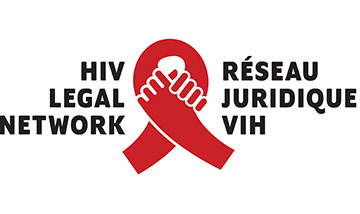By John Sewell (former Mayor of Toronto) and Kathleen Wynne (former Premier of Ontario)
“Failed experiment” is what Premier Doug Ford calls supervised consumption sites. It’s what led to him to introduce Bill 223, the Community Care and Recovery Act, which was rushed through the Legislature in December without committee hearings so medical experts, health researchers , and community members could not tell the government what they knew about the impact of these sites.
The legislation pretends it is simply about keeping sites at least 200 meters of schools and childcare centres, but it is really intended to shut down sites. Municipalities are prohibited from applying to the federal government for exemptions to drug legislation which would allow new sites to be established. Existing sites are not permitted to relocate. Municipalities cannot ask the feds for money, nor can they support applications made by individuals for new sites.
In Ontario there are 23 sites, and 10 will be forced to close because of the legislation. Thunder Bay with very high opioid problems, will lose its only site, and Barrie, Guelph, Kitchener, Hamilton and Ottawa will see their sites closed. Five of the 10 sites in Toronto will be forced to close.
If the government members had listened to experts they would have learned the folly of this legislation The Medical Officer of Health in Toronto would have provided her data: between March 2020 and May 2024, there were 390,000 visits to sites in Toronto, and 11,000 overdoses were reversed by the sites, saving that many individuals from death. Even with sites in Toronto, more than 500 people a year die from overdoses – none in any of the sites since they were established seven or eight years ago.
These are failed experiments? Not bloody likely. These sites have saved lives.
Other experts would have noted that more people have died of opioid overdoses in Canada than from COVID, and look at all the money governments have spent on COVID. In 2023, more than 8000 individuals, each a family member, each loved, each greatly missed, died of overdoses in Canada.
Overdose deaths declined by 67 per cent in areas close to sites after they were opened. Crime around sites is no higher, and in some cases lower, than in the rest of the city.
Only someone unwilling to look at the evidence would call this a failed experiment.
The government has decided to mobilize fear, particularly among those in the suburbs and rural areas who have little experience with supportive consumption sites or the difficult issues with opioid addiction.
The province argues people around these sites are adversely affected. There are a few people who have raised their vitriolic voices against sites, but they are vastly outnumbered by those who support sites. Around the South Riverdale Community Healthcare Centre site in Toronto, where an innocent woman was killed by a stray shot from drug dealers having a shoot-out, the Leslieville Harm Reduction Society obtained 2000 signatures in support of the South Riverdale site, far outnumbering the few who spoke in opposition.
The government is so short of evidence for community objections that it has retained private investigators to seek out objectors to support its position in the Charter challenge that has been lodged against Bill 223.
Yes, a Charter challenge had been filed against Bill 223 by the Kensington Market Overdose Prevention Site in Toronto, relying on the decision of the Supreme Court of Canada in 2011 that the Insite facility in Vancouver was a necessary health care facility which the government could not shut down. While the Charter challenge might succeed, the fear is the province will then simply deny funding to the sites and they will be forced to close.
If that occurs, many more will die – perhaps double the 500 a year who now die in Toronto, or the 2000 a year who now die in Ontario. They will die on streets, in alley ways, in Tim Horton washrooms, since there will be no facilities where they can be protected. It will be an unpleasant world for all of us.
It’s the politics of cruelty. Supervised consumption sites are not a failed experiment. They are important part of a fragile health system. They deserve to be expanded and well-funded.
